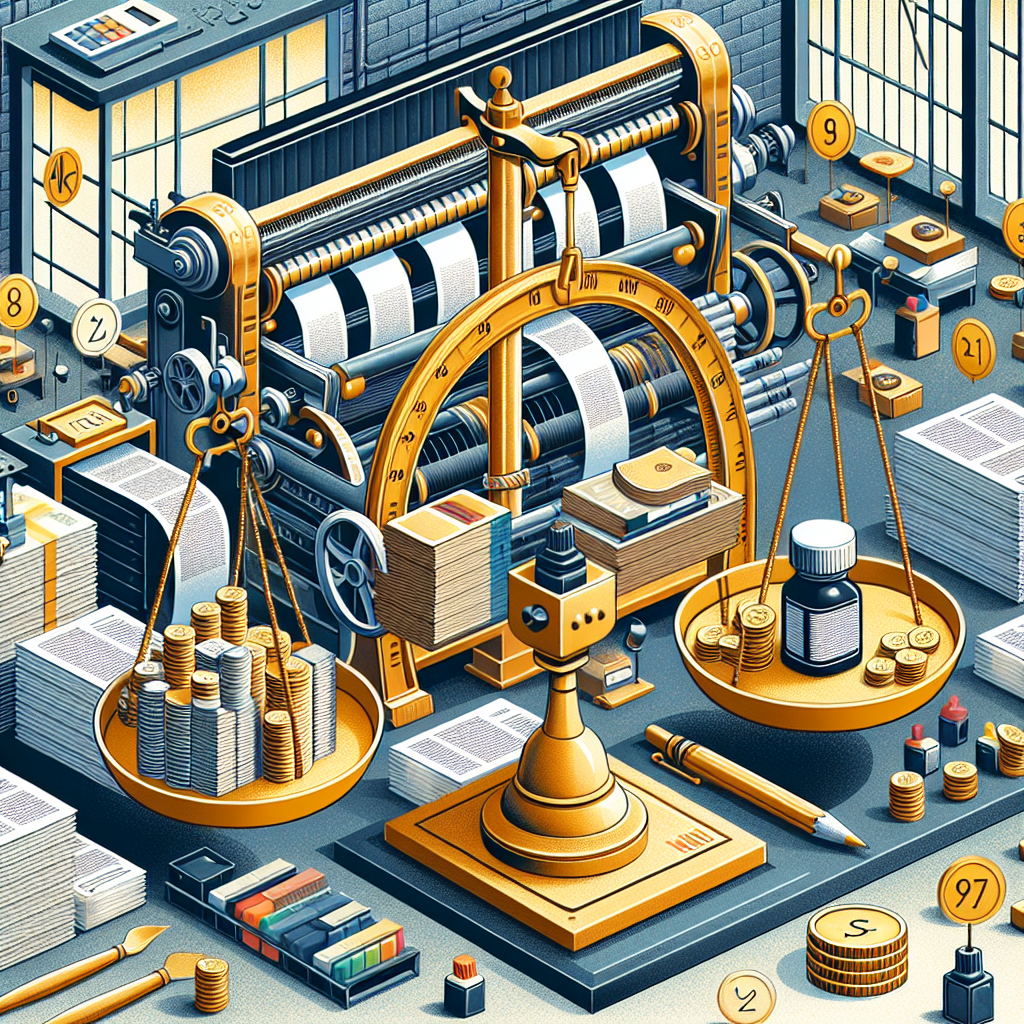Paperback books have long been a popular option for book lovers looking for an affordable way to enjoy their favorite authors. However, the economics of paperback publishing are complex and can have a significant impact on book prices.
One of the key factors that influences the cost of producing a paperback book is the printing process. Printing costs can vary depending on the size of the print run, the quality of the paper and cover materials, and the complexity of the design. Publishers must also consider the cost of distribution, marketing, and royalties for authors and other contributors.
Another important factor in the economics of paperback publishing is the retail price that consumers are willing to pay for a book. Publishers must strike a balance between setting a price that is affordable for readers while also covering their production and overhead costs. This can be a challenging task, especially for smaller publishers or independent authors who may not have the resources of larger publishing houses.
In recent years, the rise of e-books and digital publishing has added another layer of complexity to the economics of paperback publishing. E-books can often be produced at a lower cost than physical books, leading some publishers to lower their prices in order to compete in the market. This can put pressure on traditional publishers to reduce their prices as well, leading to a downward trend in book prices overall.
Despite these challenges, paperback books continue to be a popular choice for readers around the world. The affordability and portability of paperbacks make them a convenient option for consumers, and many readers still prefer the tactile experience of reading a physical book.
In conclusion, the economics of paperback publishing play a significant role in determining the prices of books. Publishers must consider a variety of factors, including printing costs, distribution, and consumer demand, in order to set prices that are both competitive and sustainable. While the rise of e-books has introduced new challenges for the industry, paperback books remain a valuable and enduring part of the publishing landscape.


Leave a Reply